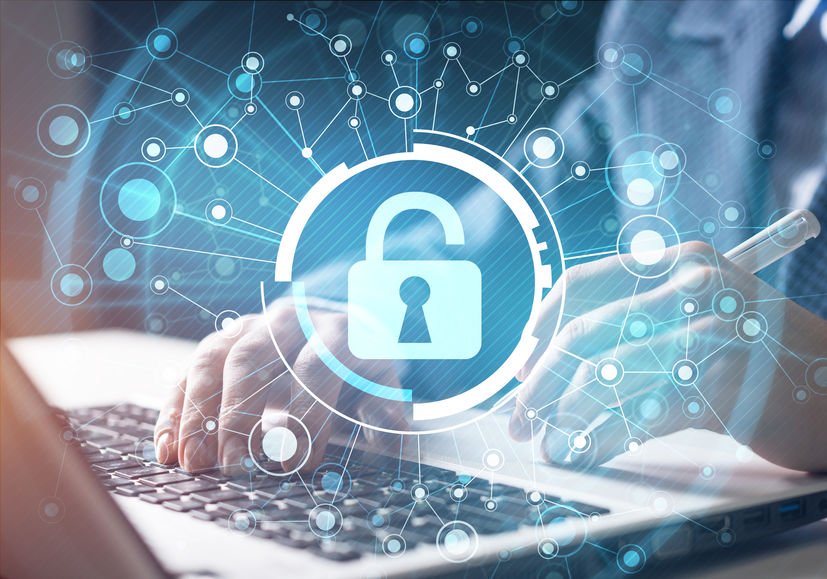Phishing remains one of the most prevalent and dangerous cyber threats in the digital landscape. It is a type of social engineering attack where cybercriminals deceive individuals into providing sensitive information, such as login credentials, financial details, or personal data. Despite advancements in cybersecurity measures, phishing continues to evolve, becoming more sophisticated and harder to detect. This article explores the intricacies of phishing, its impact, common tactics used by attackers, and effective strategies to protect against this pervasive threat.

The Anatomy of a Phishing Attack
Phishing attacks typically start with a deceptive email or message that appears to come from a legitimate source, such as a bank, social media platform, or trusted organization. The message often contains urgent or enticing content designed to provoke an immediate response. Common tactics include:
-
Spoofed Email Addresses and Domains: Attackers create email addresses and websites that closely resemble those of reputable entities. Minor alterations, such as changing a single character in a domain name, can easily go unnoticed by unsuspecting victims.
-
Malicious Links and Attachments: Phishing emails often contain links that direct users to fraudulent websites designed to steal their information. Alternatively, they may include attachments that, when opened, install malware on the victim's device.
-
Personalization and Social Engineering: Modern phishing attacks often use personal information gleaned from social media and other online sources to create highly convincing messages. This technique, known as spear phishing, targets specific individuals or organizations, increasing the likelihood of success.
The Impact of Phishing
The consequences of falling victim to a phishing attack can be severe, affecting both individuals and organizations. For individuals, compromised personal information can lead to identity theft, financial loss, and damage to one’s credit score. In the case of businesses, phishing attacks can result in substantial financial losses, data breaches, and reputational damage.
High-profile incidents, such as the 2016 phishing attack on the Democratic National Committee, which played a significant role in the U.S. presidential election, underscore the far-reaching impact of such attacks. The global cost of phishing attacks is estimated to be in the billions of dollars annually, reflecting the critical need for effective preventative measures.
Strategies to Protect Against Phishing
Given the evolving nature of phishing attacks, a multi-faceted approach is essential to mitigate the risk. Here are some key strategies to protect against phishing:
-
Education and Awareness: Regular training programs for employees and individuals are crucial in recognizing and responding to phishing attempts. Awareness campaigns should focus on identifying suspicious emails, understanding the common tactics used by phishers, and knowing how to report suspected phishing incidents.
-
Email Filtering and Anti-Phishing Tools: Advanced email filtering solutions can detect and block phishing emails before they reach the inbox. Anti-phishing tools and browser extensions can also warn users about malicious websites and links.
-
Multi-Factor Authentication (MFA): Implementing MFA adds an extra layer of security, making it more difficult for attackers to gain access to accounts even if they obtain login credentials. MFA requires users to verify their identity through multiple methods, such as a password and a one-time code sent to a mobile device.
-
Regular Software Updates and Patching: Keeping software and systems up to date ensures that known vulnerabilities are patched, reducing the risk of malware infections from phishing attachments.
-
Secure Email Gateways: These gateways analyze incoming emails for signs of phishing and other malicious activities. They can quarantine suspicious messages, preventing them from reaching the end-user.
Recognizing and Responding to Phishing Attempts
Despite the best preventative measures, some phishing attempts may still slip through the cracks. Therefore, knowing how to recognize and respond to phishing attempts is crucial:
-
Check the Sender's Email Address: Look closely at the sender’s email address for any discrepancies or unusual domain names.
-
Hover Over Links: Before clicking on any link, hover over it to see the actual URL. Verify that the link directs to a legitimate website.
-
Be Skeptical of Urgent Requests: Be cautious of emails that create a sense of urgency or fear, such as those claiming that your account will be locked unless you take immediate action.
-
Verify Requests: If you receive an email requesting sensitive information, verify its authenticity by contacting the organization directly using a known and trusted communication method.
-
Report Suspicious Emails: Report suspected phishing emails to your organization’s IT department or email provider. Many email providers have mechanisms for reporting phishing, which helps improve security for everyone.
Conclusion
Phishing is a persistent and evolving threat in the cybersecurity landscape, exploiting human vulnerabilities to gain access to sensitive information. By understanding the tactics used by cybercriminals and implementing robust security measures, individuals and organizations can significantly reduce the risk of falling victim to phishing attacks. Education, advanced security tools, and vigilant practices are key components in the ongoing battle against phishing, ensuring a safer digital environment for all.







